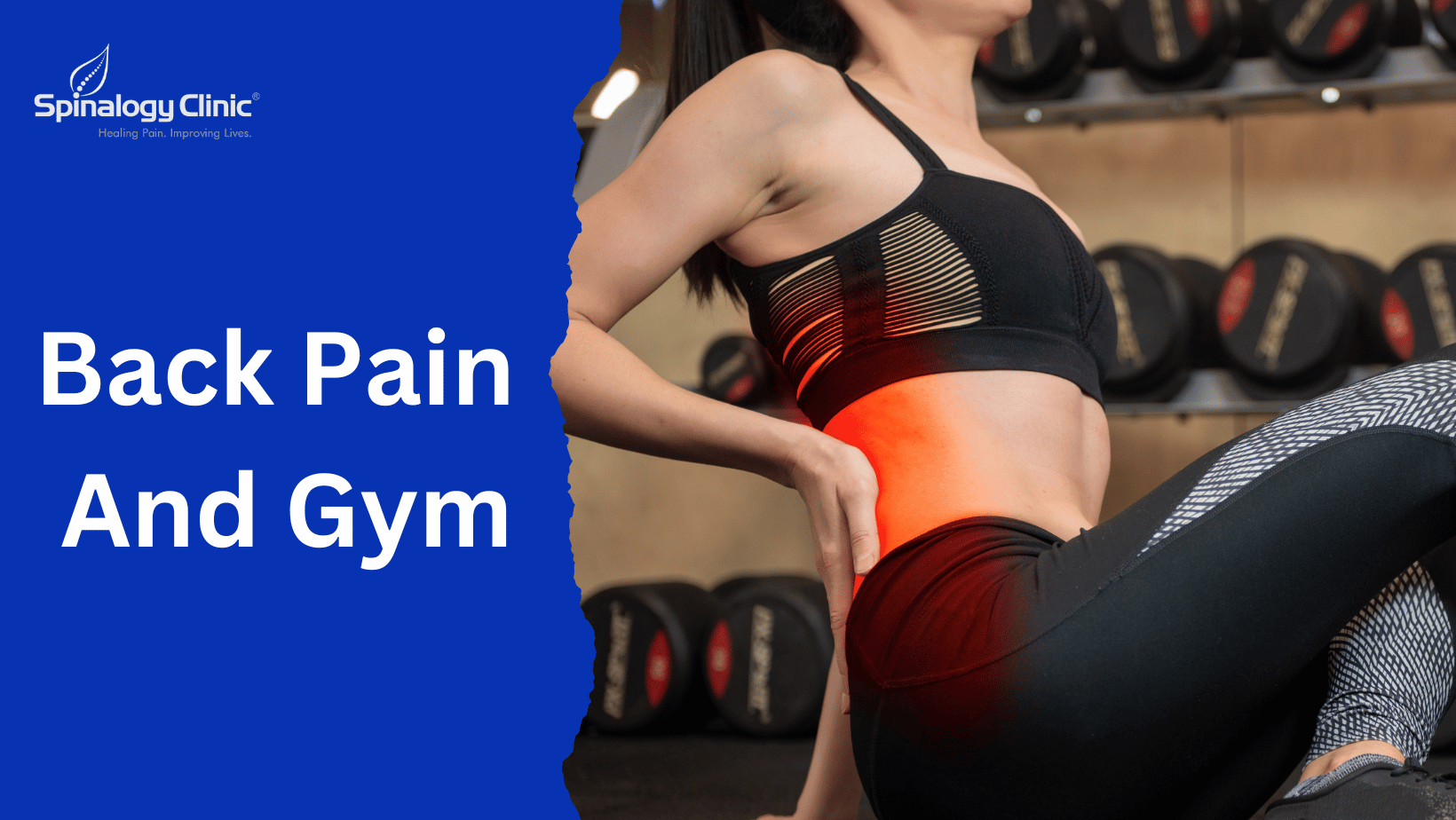Back Pain And Gym
Introduction:
Back Pain occurs particularly during exercise, especially when we are just beginning a workout program. Back muscle strain occurs through overexertion and when we do not warm up properly before working out. Weak and shortened muscles also play a role in back pain, due to core muscles in the back, abdominals, legs and buttocks helps our spine to maintain its alignment.
Acute Injuries
Acute sprains that stretch the muscles in our back beyond normal capacity appeals to be the most common sports-related injury. Many exercises of a gym workout are meant to build strength and stamina in the muscles. These exercises also cause injury if our body is not used to the work its being asked to perform. Lower back sprains occur when you lift heavy weight, add another set, or start to work in bad postures.
Overuse Injuries
Overuse back injuries happen when we work on a particular group of muscles over an extended period of time. When we work out, either lifting weights or performing aerobic activity, our muscle tissue breaks down slightly. If we do not adequately rest our muscles properly, we are prone to get a muscle pull or tear. Chronic mild overuse can be just as debilitating as a severe injury. Overuse can lead to lower back pain, muscle strain and even degenerative disk diseases.
Shortened Muscles
When we contract our muscles during lifting movements, they become shorter and more compact. Shortened muscles in your back, abdomen, buttocks, hips and quadriceps can lead to back injuries. Stretching is a key element of preventing back pain, and should be included in every workout at the gym. Warm up for at least five minutes to stretch the major muscle groups in your body. Stretch again while you are cooling down after your workout, focusing on the muscles that can help you prevent back pain.
Weak Muscles
Our posture may be affected if we have weak core muscles in our back, abdomen and buttocks. Increasing core strength helps maintain spine health. Strong abdominal muscles, particularly the deep abdominal muscle, considered to be important in supporting our spine. Strong quadriceps, or the front thigh muscles, can prevent injuries when we lift heavy objects. If our legs are weak, we are more likely to use your back to lift, increasing risk of a pull or sprain. Muscle pain and stiffness after a workout is not uncommon, particularly in initial phases of activities. Muscle pain and stiffness which occurs immediately after our workout, probably due to overexertion. Pain and stiffness from overexertion should go away within two days.
PREVENTION:
A warm-up exercise includes general warm-up and a specific warm-up. A general warm-up will help to improve blood flowing through the entire body and relaxes the muscles. Eg: Doing jumping jacks for several minutes or riding a stationary bike. A specific warm-up helps the muscles to perform, without resistance Ex: Going through the motions of lifting weights without the weights.
Ergonomics
How to prevent lower back and hernia injuries while working out:
- Please Don’t let your lower back pain hamper your quest for fitness.
- In the gym setting however, most lower back pain and hernial injuries are not due to genetics alone, but instead are due to poor lifting techniques and poor planning.
- Core strengthening and posture appears to be major goal for gym workouts
- Start with fitness specialist to check out your posture before starting gym activities.
- Stand naturally in front of the mirror. Check your lower back sway forward in the classic beer-gut posture (lordosis)? Or does it produce more of a “C” effect, curving backwards (kyphosis)?
Ergonomic Care:
- When performing weight training exercises, keep your abdominals tight and in a neutral spine posture.
- Keep your back straight. Lower back pain and injuries occur when, while lifting, the abdominals in relaxed position and the spin curved and/or twisted, and along with add on weight to spine.
- Keeping your head bent or raised at unnatural angles for extended amounts of time can cause strain. So having a document hanger or holding your materials up instead of setting
- After exercising, make sure we stretch in good posture. Helps to maintain our muscles loose as well as flexible and prevent these from tightening up.
- Rest needed after stretching activity.
- When working on laying positions place the cushions between legs.

_1747226427_1751827070.png)
_1744793045_1751827442.png)
_1743751136_1751830603.png)
